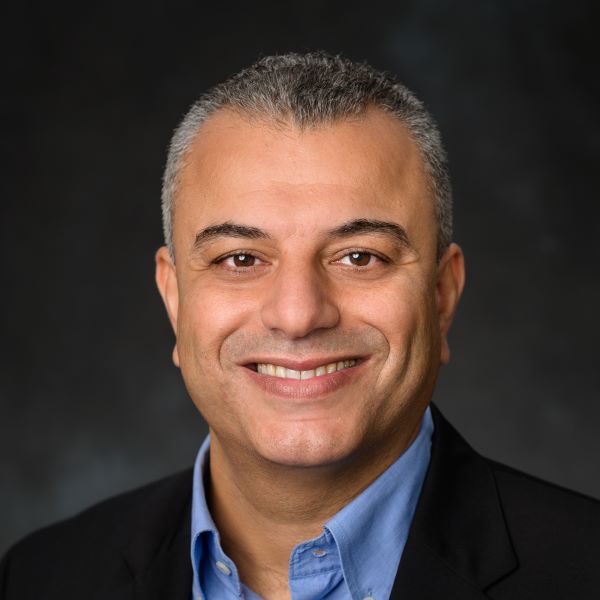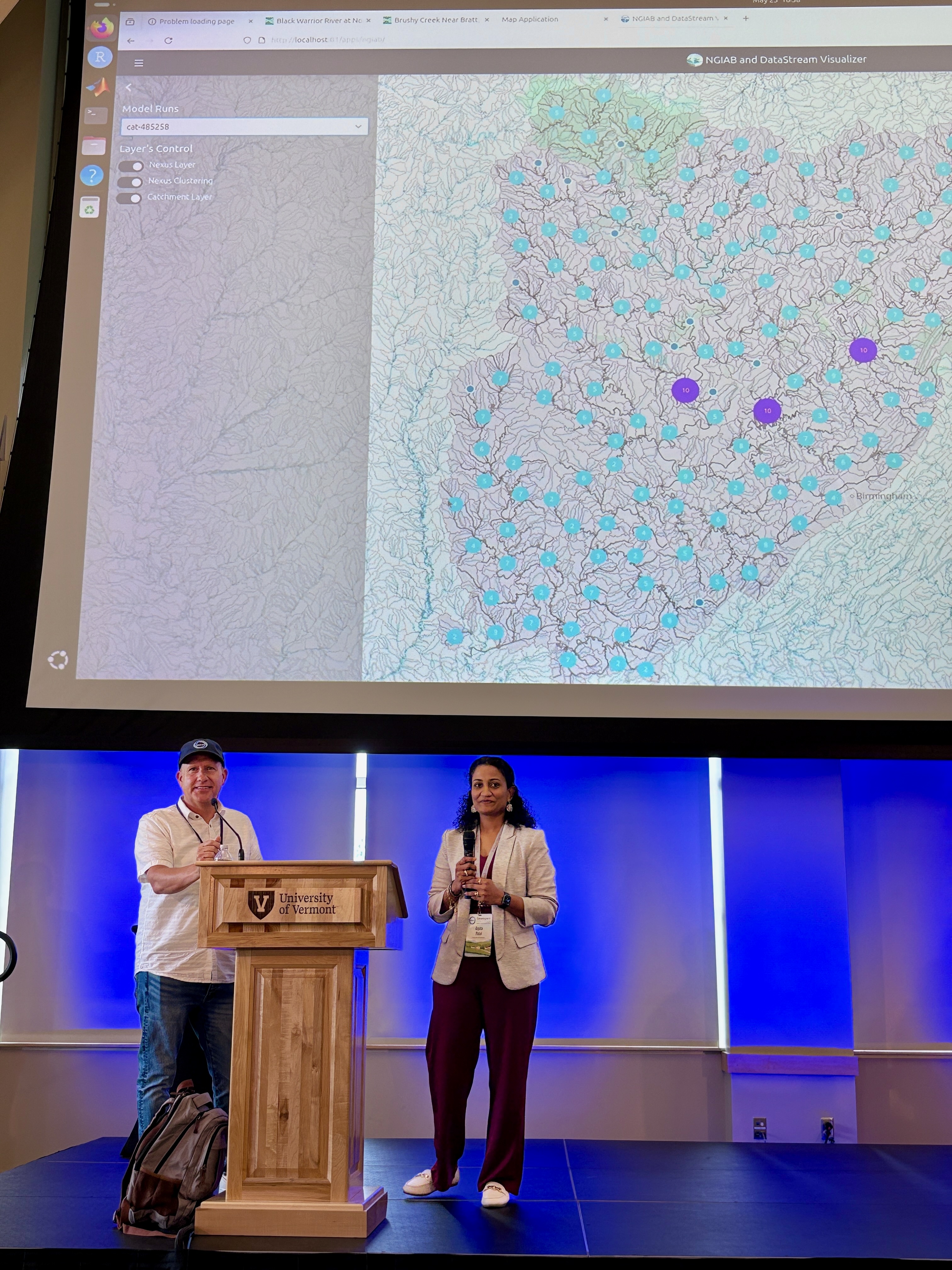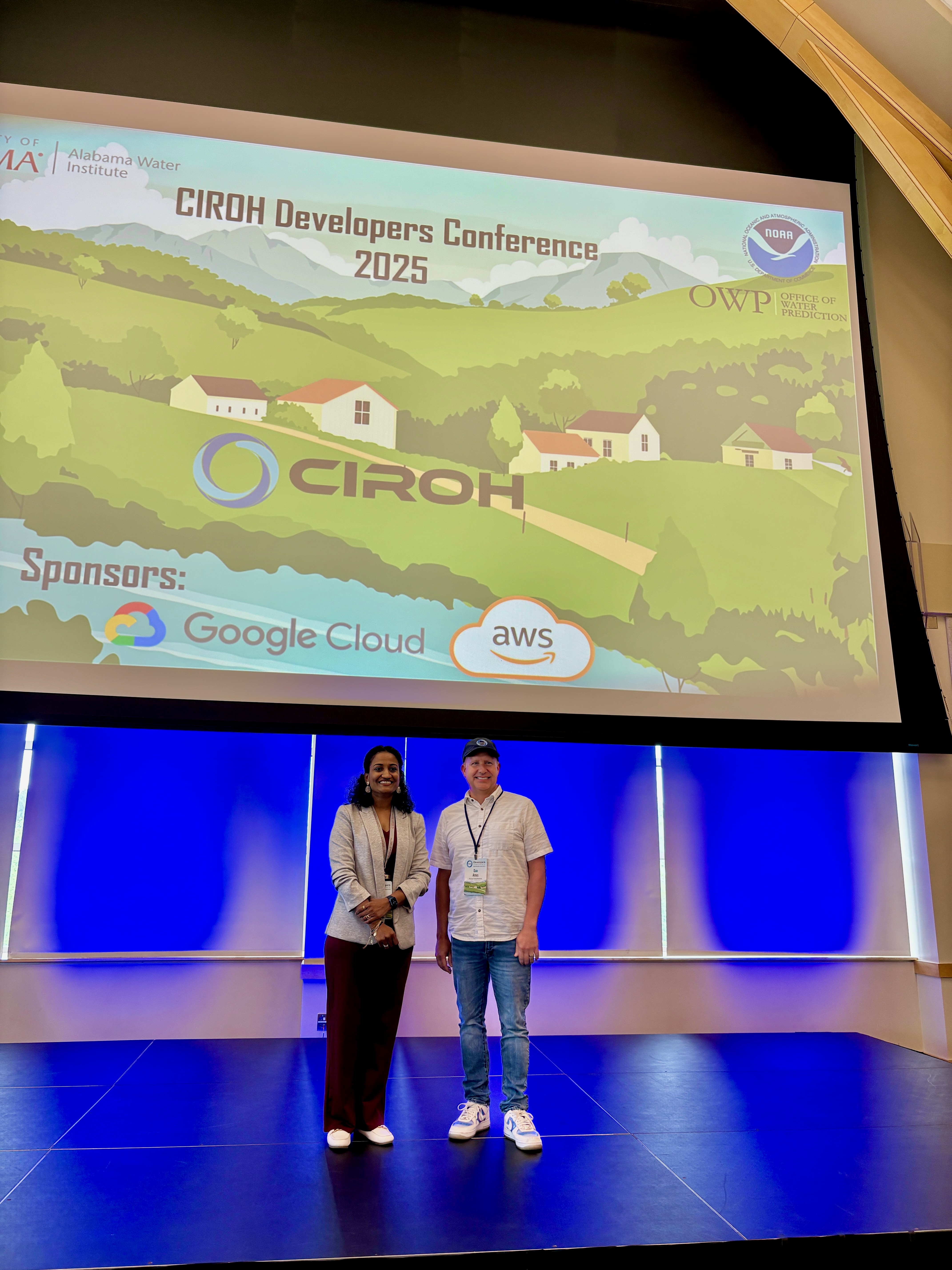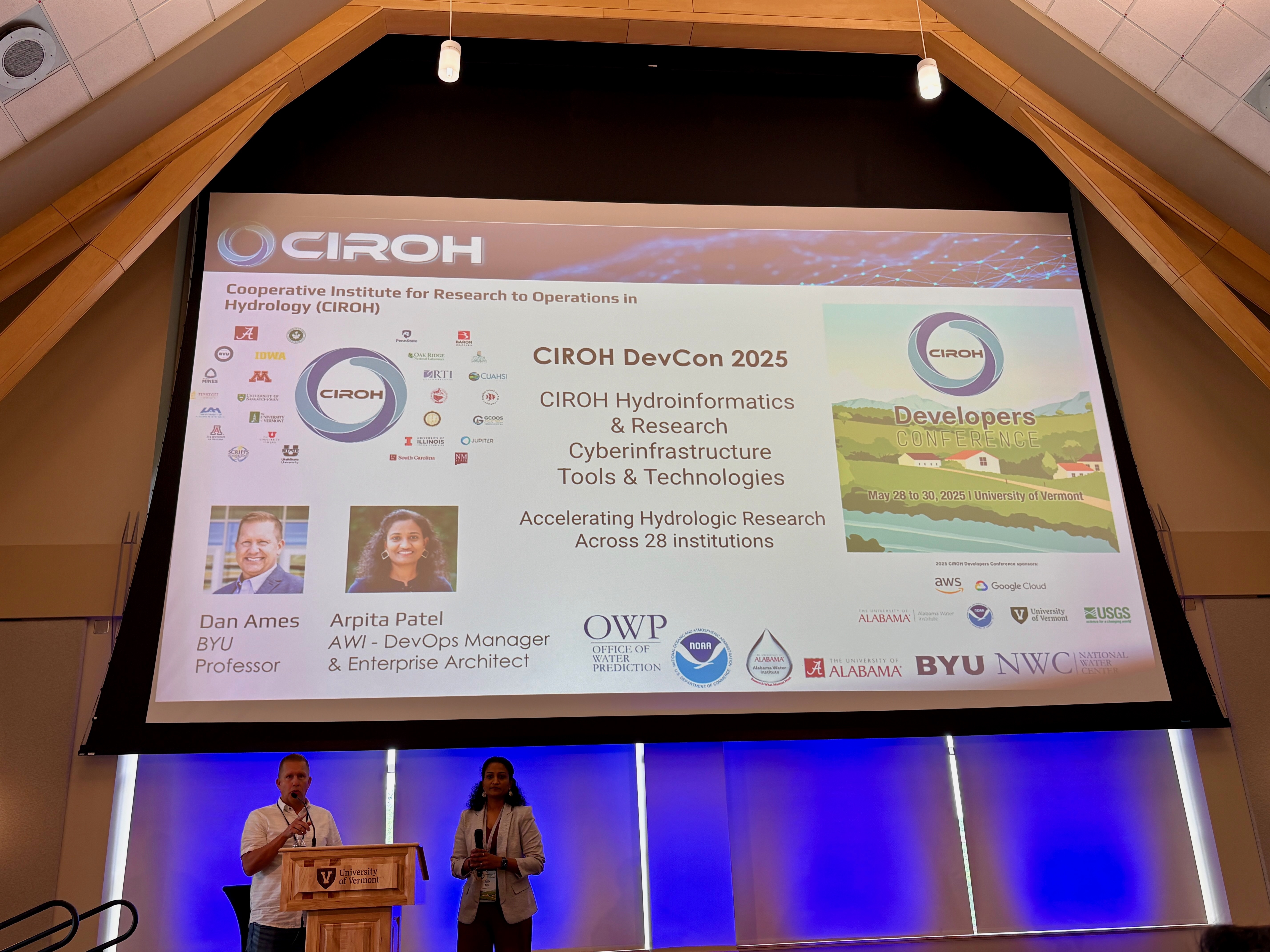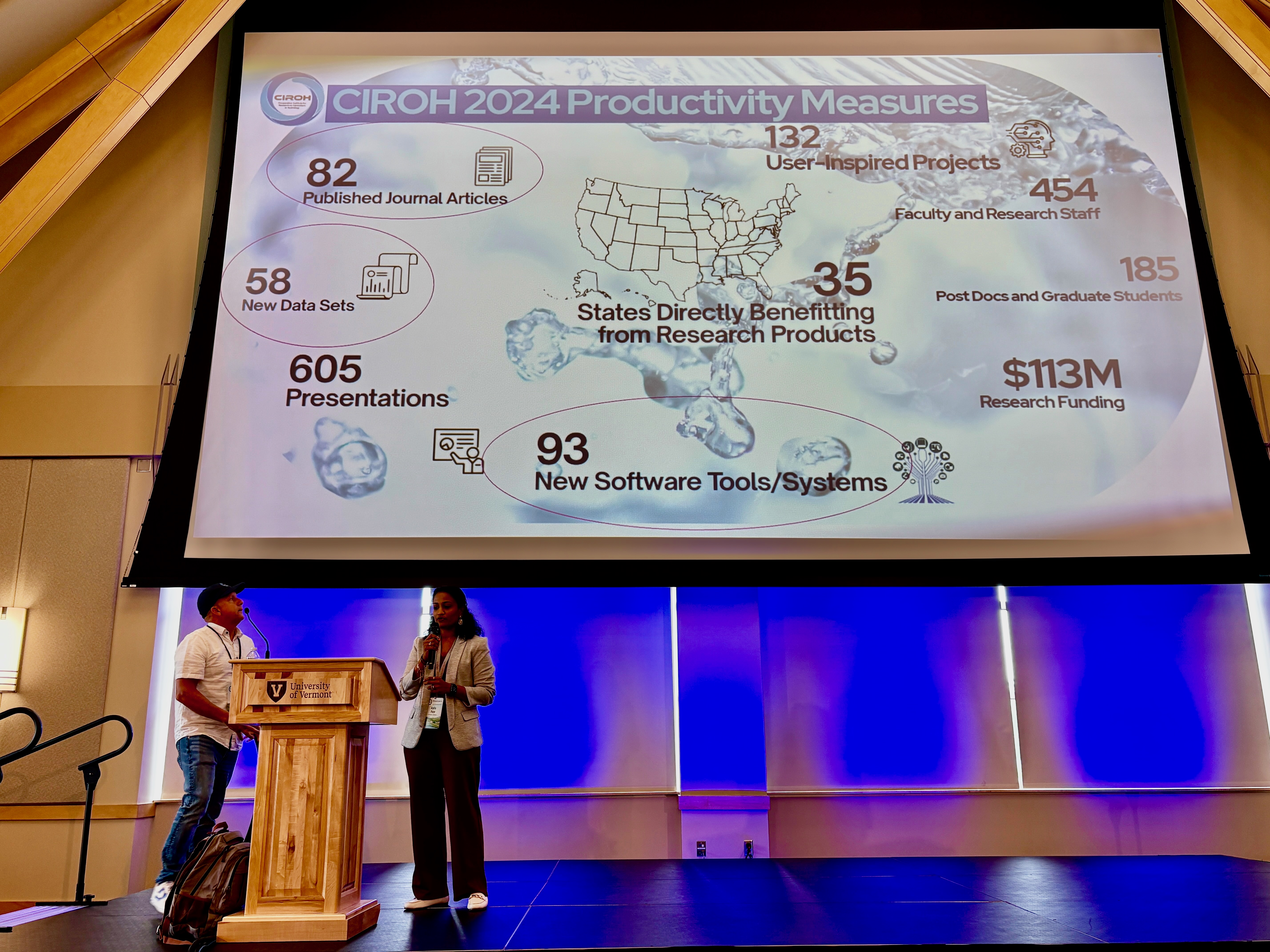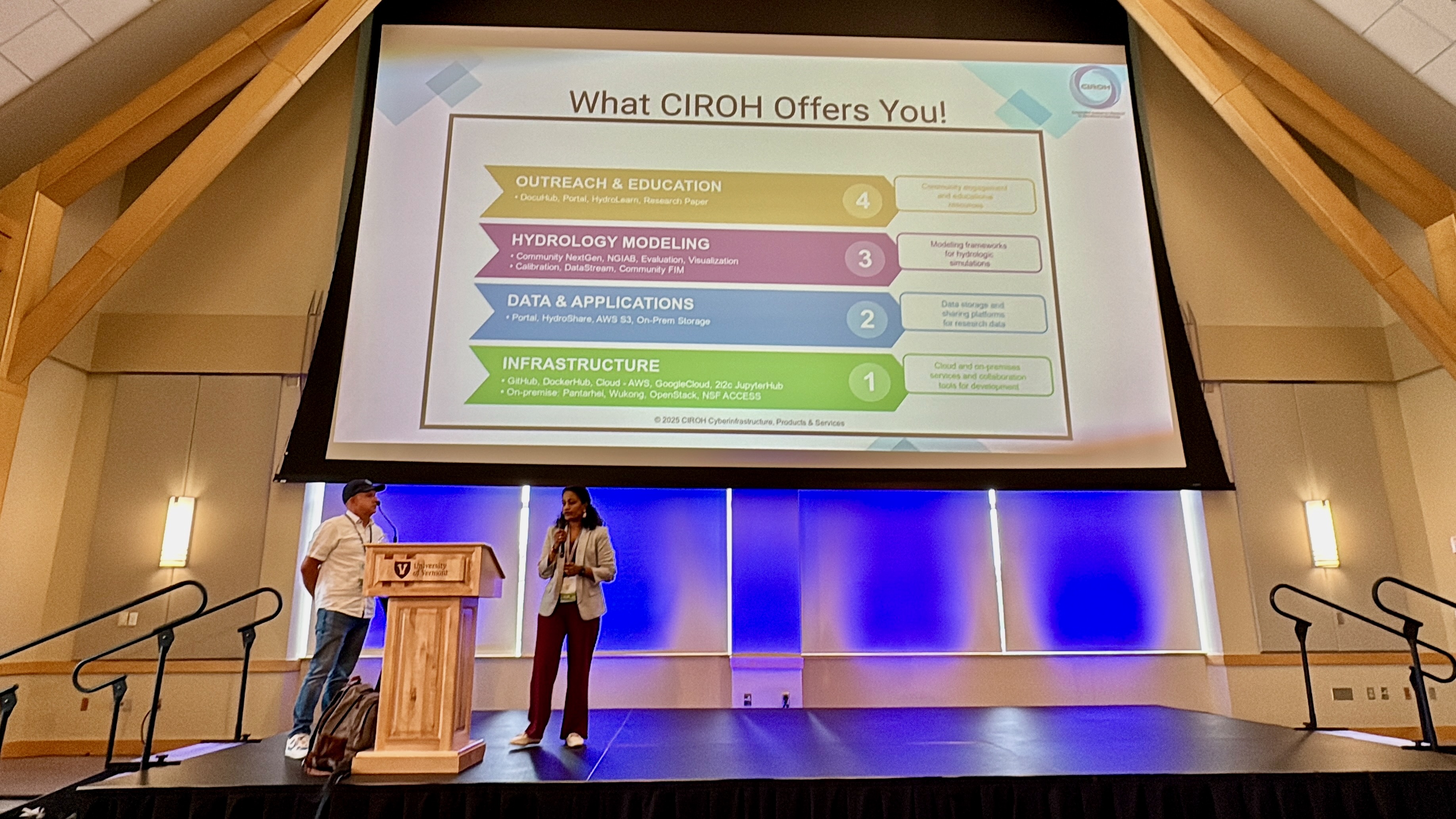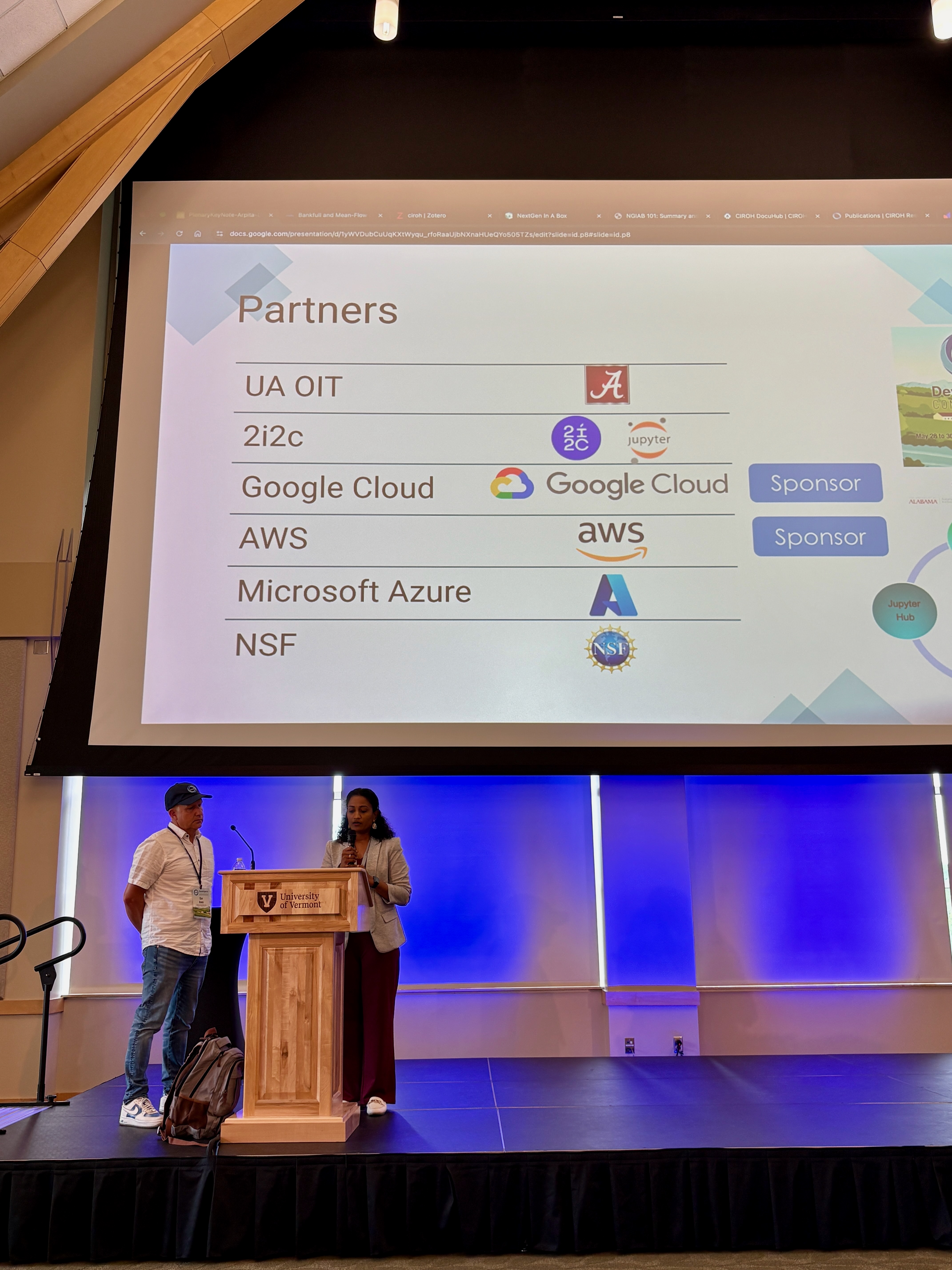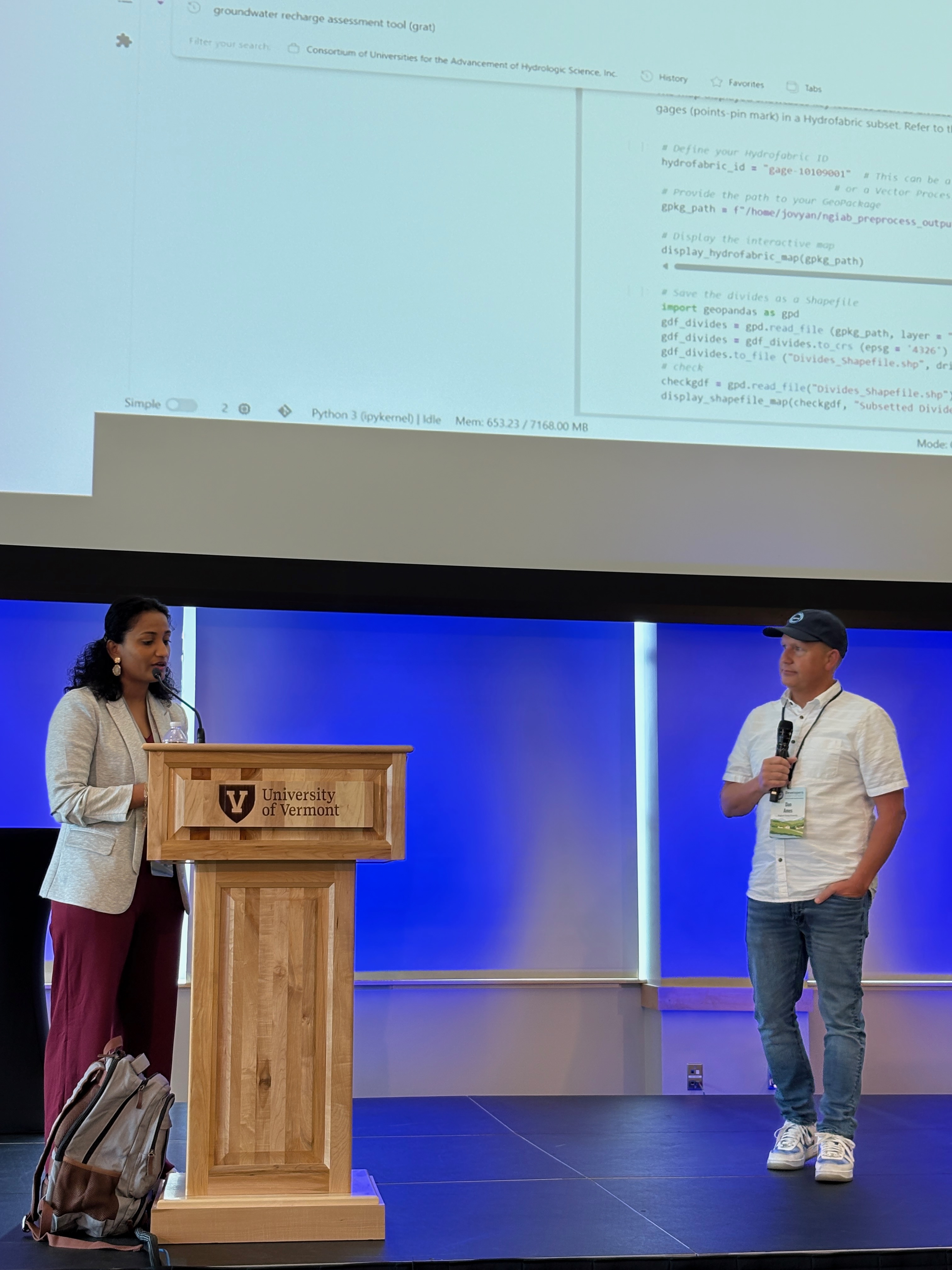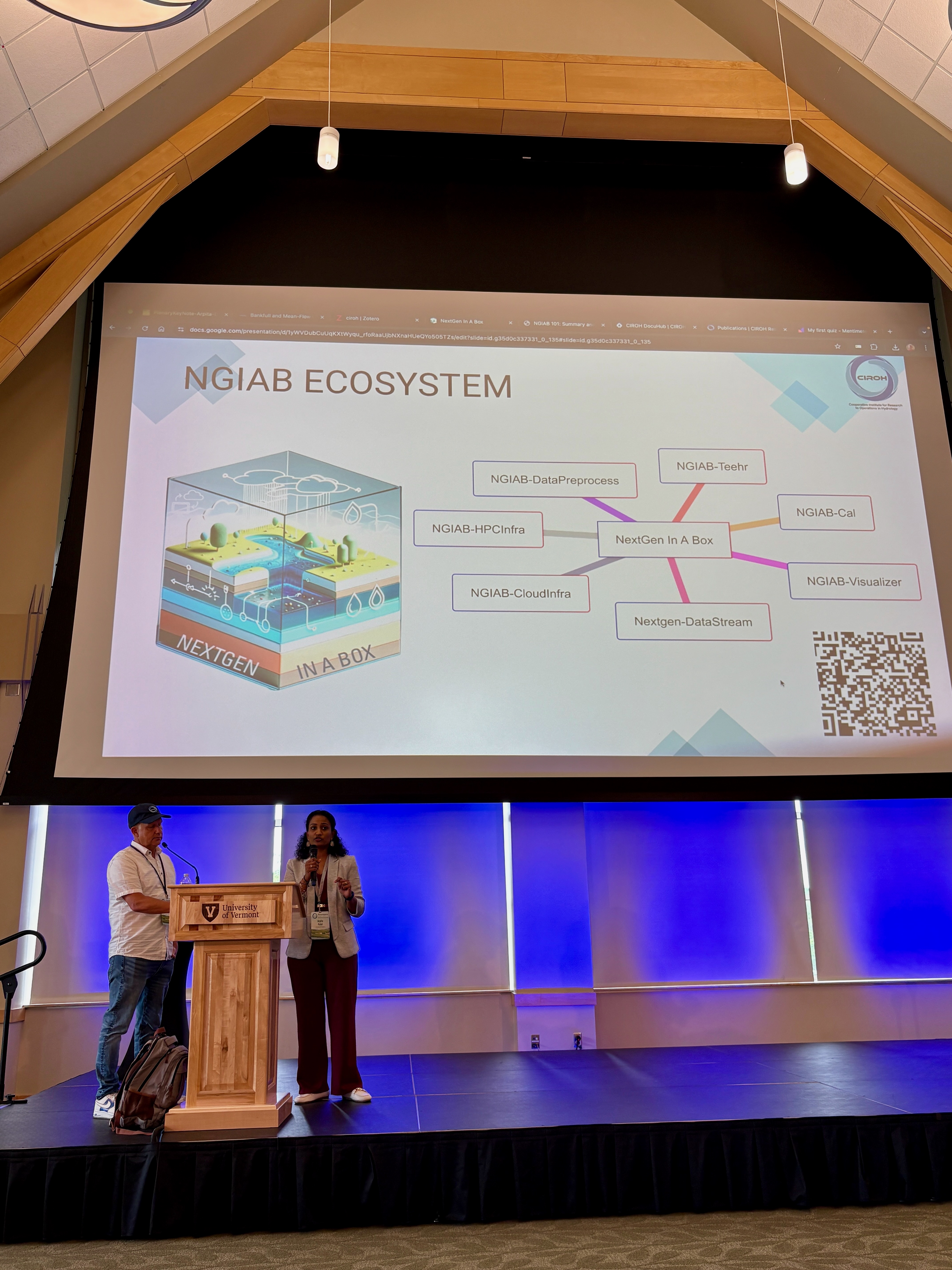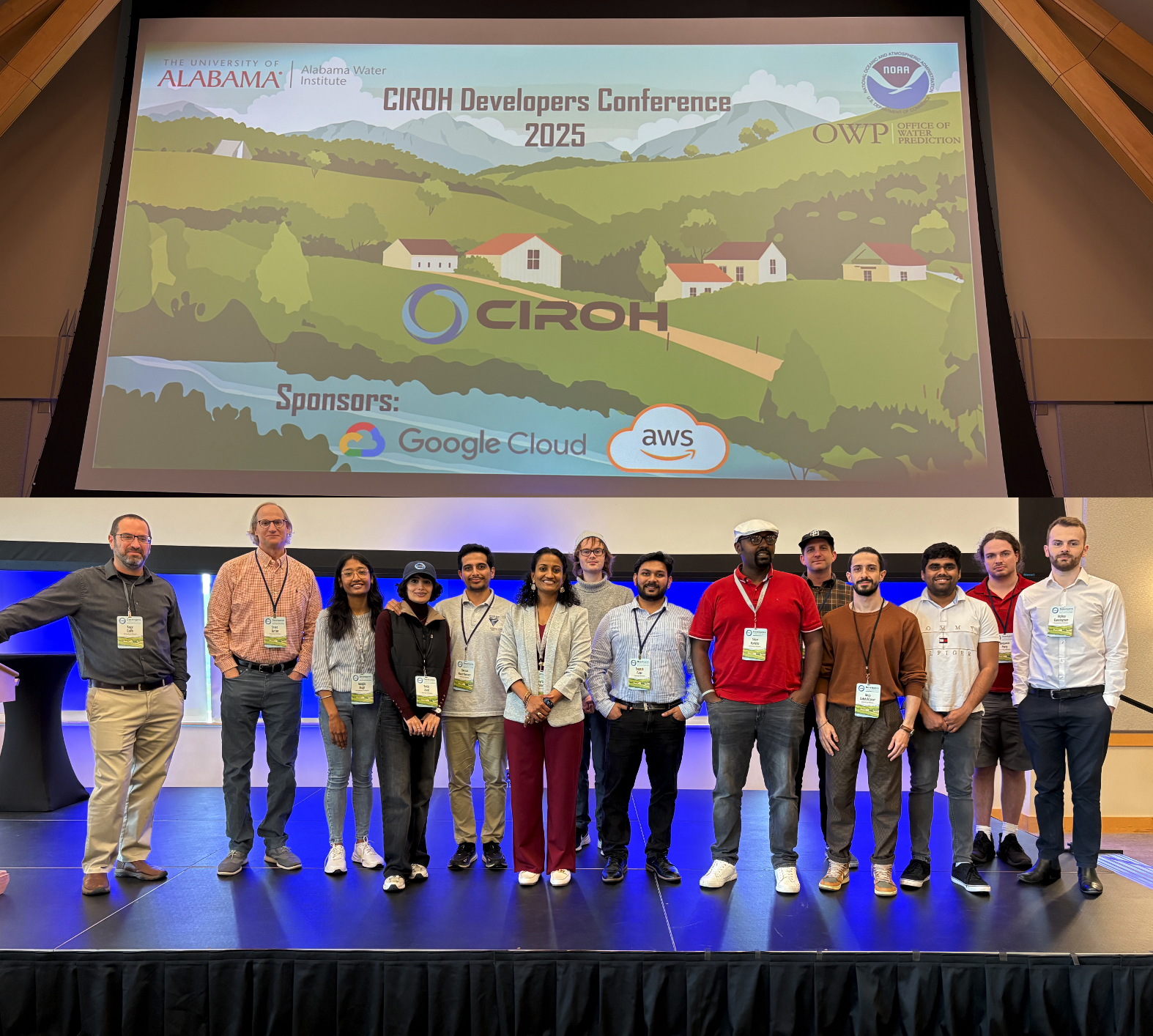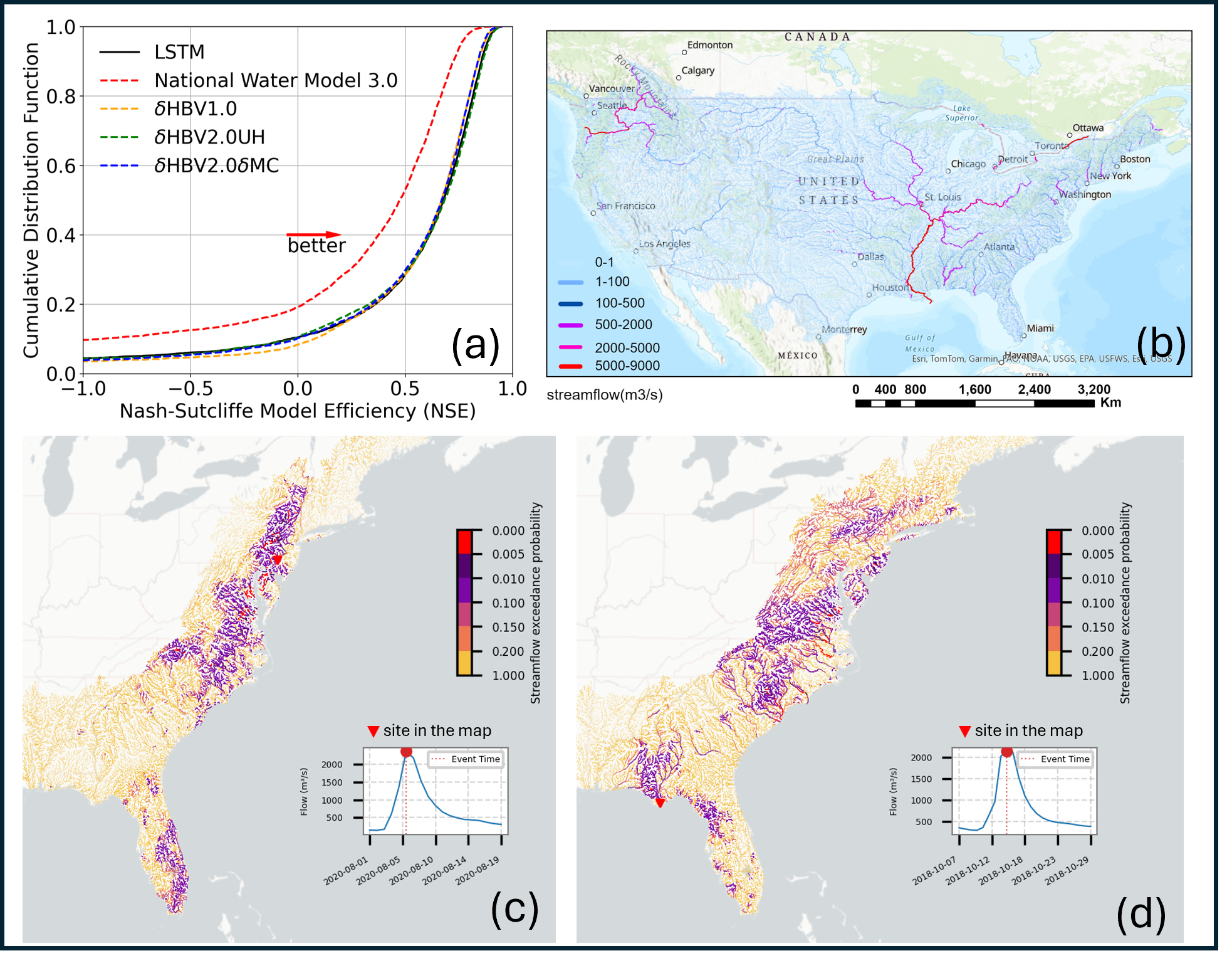NGIAB Reaches 10,000 Docker Pulls: NextGen In A Box Makes Water Modeling More Accessible

We're thrilled to announce that NextGen In A Box (NGIAB) has surpassed 10,000 Docker pulls — a significant milestone reflecting the growing adoption of water modeling tools that are accessible to all. This achievement creates opportunities for researchers, practitioners, and students worldwide to leverage advanced water prediction frameworks without infrastructure barriers, accelerating global water science innovation.
From Research Innovation to Community Tool
When we first containerized the NextGen Water Resources Modeling Framework into NGIAB, our goal was simple yet ambitious: remove the technical barriers that prevented many researchers from accessing NOAA's next-generation water modeling capabilities.
Today, with over 10,000 downloads, it's clear the community was ready for this transformation.
The University of Alabama recently highlighted NGIAB's impact in their news feature, "UA Software Makes Water Modeling More Accessible", recognizing how this tool is changing the landscape of hydrologic research and education. As the article notes, NGIAB turns what was once a complex, infrastructure-heavy process into something that researchers can run on their laptops in minutes.
What 10,000 Pulls Really Means
Behind this number are stories of:
🎓 Graduate students exploring advanced modeling techniques with no setup headaches
🏫 Educators bringing cutting-edge tools into the classroom
🏢 Researchers at smaller institutions gaining access to national-scale modeling
🌍 International collaborators contributing to water modeling advancement without infrastructure constraints
🚨 Emergency managers rapidly deploying models for flood prediction
Community Growth and Impact
The rapid adoption of NGIAB reflects a broader movement:
1. Democratization of Advanced Modeling
No longer do researchers need access to specialized HPC resources or deep DevOps knowledge to run sophisticated water models. NGIAB levels the playing field.
2. Reproducible Science
Every one of those 10,000 pulls represents the exact same computational environment, ensuring that research results can be replicated anywhere in the world.
3. Accelerated Innovation
By removing setup friction, researchers can focus on science rather than software configuration, leading to faster iterations and discoveries.
Looking Forward: The Next 10,000
As we celebrate this milestone, we're already working on what's next:
📦 Expanded model library: Adding more BMI-compliant models to the NGIAB ecosystem
☁️ Cloud integration: Seamless deployment on AWS, Google Cloud, and Azure
📊 Enhanced visualization: Built-in tools for analyzing and presenting model outputs
🤝 Community contributions: Making it easier for users to share their configurations and improvements
Join the NGIAB Community
Whether you're pull number 10,001 or have been with us since the beginning, you're part of a growing community that's transforming water resources modeling.
Here's how to get involved:
👉 Try NGIAB: Visit the NGIAB 101 tutorial to get started
✍️ Share your use case: Tell us how you're using NGIAB in your research or operations
🛠 Contribute: Submit bug reports, feature requests, or code contributions
📢 Spread the word: Help others discover how NGIAB can accelerate their water modeling work
Thank You to Our Community
This milestone belongs to everyone who downloaded, tested, provided feedback, contributed code, or helped spread the word about NGIAB. Your engagement drives our continuous improvement and motivates us to make water modeling even more accessible.
As we reflect on reaching 10,000 Docker pulls, we're reminded that each download represents a researcher, student, or practitioner working to better understand and predict our water resources. Together, we're building a more resilient future through accessible, advanced water modeling.
Here's to the next 10,000 pulls and the continued growth of our community!
NGIAB is developed and maintained by the Cooperative Institute for Research to Operations in Hydrology (CIROH) at the University of Alabama. Learn more about our work in making water modeling accessible at ciroh.org.

